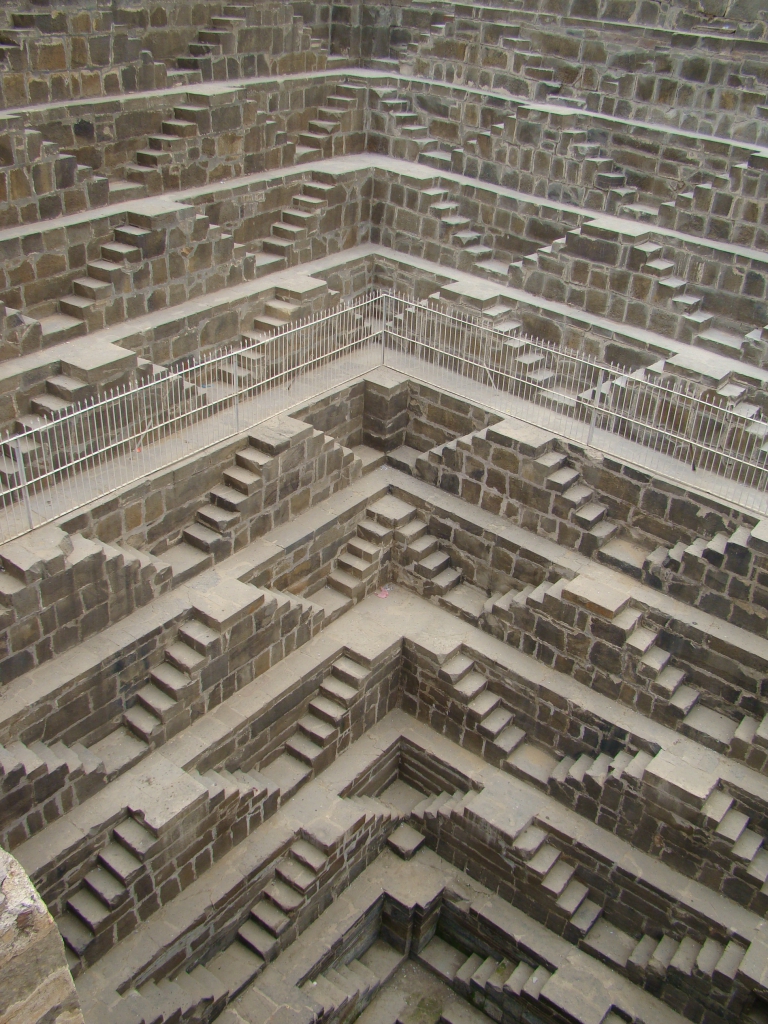Like a lot of people, I have thousands of photographs preserved on 35mm slides and negatives that I’ve really wanted to get scanned. There are a lot of companies that will do that for you, but the two leaders in that area are DigMyPics and ScanCafe . . . two companies that have often had a contentious relationship, to say the least.
After ScanCafe.Com became popular a year or so ago, based on undercutting DigMyPics pricing, DigMyPics started a campaign to highlight the fact that ScanCafe was shipping photos to India for scanning. For example, on its website DigMyPics had this helpful FAQ entry,
Will the work be done in the USA?
Some companies quietly your photos to a foreign country to have the work performed to increase their profit. For instance, one company in Miami will ship your photos to Costa Rica and another in California will ship them to India to have the scanning done even though these companies never mention those facts on their websites or they give the information in carefully chosen language and bury it in far less prominent places than their pricing.**
Nothing against Costa Rica or India, but I wouldn’t want my photos shipped there by a third party and out of my control.
While outsourcing to another country may make sense with high volume, low margin manufactured goods, it hasn’t worked so well with services. Irrespective of the clear risks involved with sending your photos to a third world country, it’s quite clear that dealing with the company’s employees who are working on your project in your language and culture produces a much more efficient and gratifying end user experience as well as a superior final product.
Rest assured that DigMyPics never ships your photos anywhere else and that all work is done right here in the USA by professional American photographers and artists.
Got that. India and/or Costa Rica are “risk[y] . . . third-world countries” where your photos are “out of my control.” Certainly you’d be much better sending your photos to a safe, American company (cue the Lee Greenwood music).
So last night, I was once again pondering whether to send my negatives off to be scanned and hit the DigMyPics site to see what their current pricing was. And this is what is currently on their front page,
DigMyPics.com
To our customers and friends,
On Monday May 5, 2008 at approximately 2am, Arizona Time, DigMyPics suffered a devastating fire which destroyed our building and most of its contents. The fire was large and the neighboring city of Mesa was called in to help fight it. Three large ladder trucks were used to douse the flames. Despite the best efforts of both city’s firefighters, the building was completely destroyed. Our website, email, customer database, and telephone lines are all currently down as a result.
As you can imagine, Annette and I are heartbroken by what has happened. We always believed that our customers placed their trust in us when they sent us their photos and videos and we took that responsibility personally and extremely seriously.
Annette, the employees of DigMyPics, and I are all still in shock and disbelief and we aren’t sure if we’ll even try to rebuild the company. What we are sure of is that we want to help those people that had put their trust in us to retrieve whatever is retrievable. We’re putting together a restoration team to help us restore whatever is uncovered. The Gilbert Fire Department has been extremely helpful to us and are sensitive to what we had in the building. They’re working hard to help us find and extract our customer’s photos and videos. The scene is currently under their custody as they investigate the fire’s cause but today we delivered a trailer to them and they’ve agreed to put any photos, film, hard drives or computers that they find in that trailer and give us access to it twice a day. We’ll take the material to another site we’ve temporarily leased to begin work on salvaging any images or videos that can be saved.
I don’t want to give any false hope, some people may have lost everything, but we had some encouraging news today. The fire department was able to successfully retrieve our servers and their forensic team has told us that the servers look good and that the data is likely retrievable. We store a copy of the images that have been completed on some of those servers. The building is completely destroyed but the roof collapse may have sheltered some areas from the worst effects. Fire crews are removing pieces of the roof and have found some photos and reels in tact.
Ouch.
